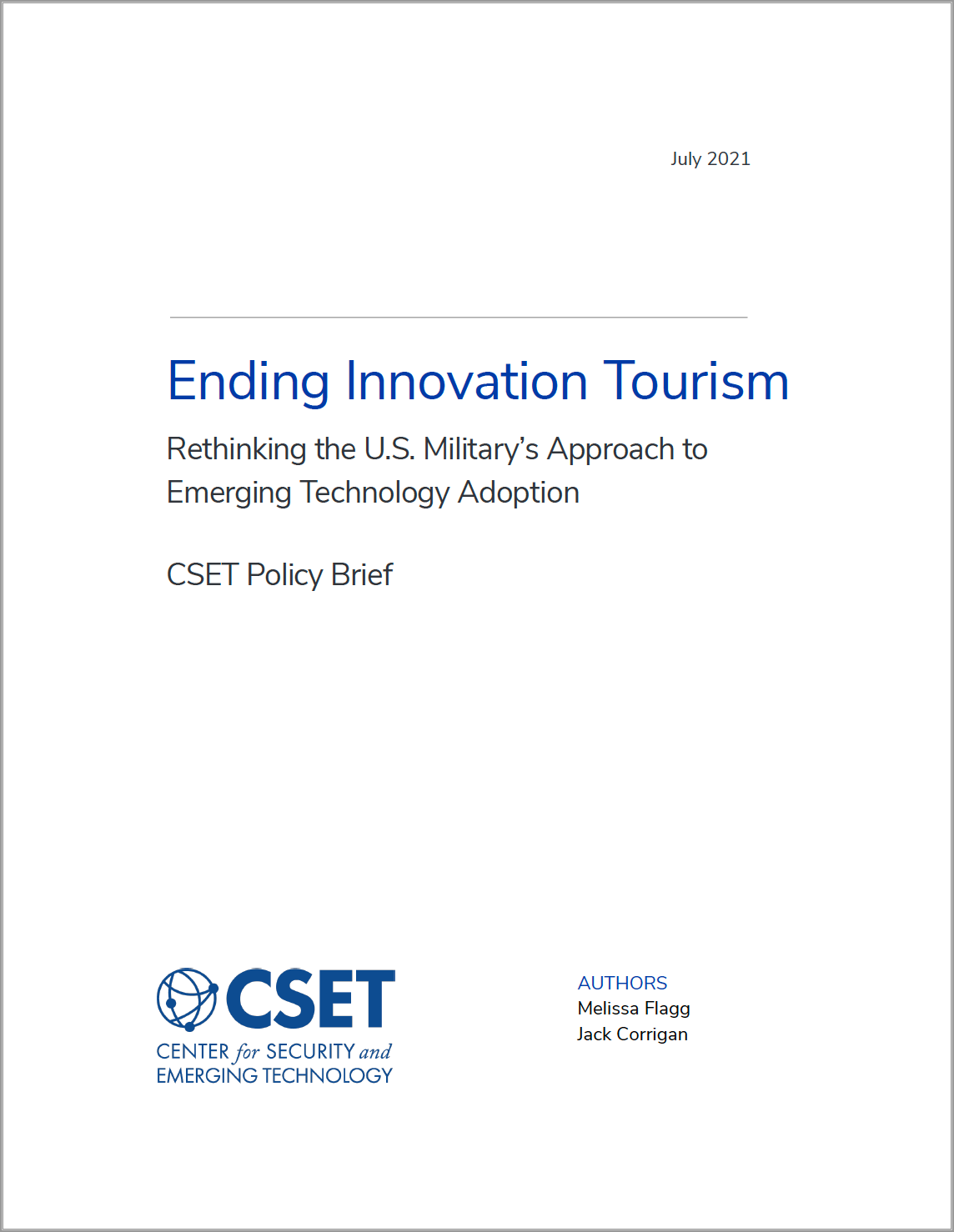Executive Summary
As commercially developed, dual-use technologies transform the national security landscape, policymakers have called on the Department of Defense to bring more private sector innovation into the military. Recently, the DOD has attempted to engage tech companies through an array of “innovation” offices and programs scattered across the Office of the Secretary of Defense (OSD) and the services. While these efforts have yielded numerous engagements, they have not driven innovative capabilities into the major systems and platforms that make up the bulk of the military’s force structure. This is not a failure of the offices themselves, but rather a failure of the department’s leadership to integrate them into the broader DOD acquisition ecosystem.
Innovation offices can play a critical role in linking the commercial tech industry and defense industrial base, but only if their activities inform and support the military’s broader purchasing decisions. However, under the DOD’s current organizational structure, defense innovation is disconnected from defense procurement. This division limits innovation offices’ ability to affect technological change across the military and excuses procurement offices from integrating cutting-edge capabilities into major systems and platforms. The effectiveness of innovation offices is further limited by their placement in the research and development (R&D) chain of command. A research office cannot perform a procurement job.
We find the military’s current approach to engaging with small tech companies, or nontraditional vendors, is more akin to innovation tourism—with the DOD sampling the local fare of the United States’ various tech hubs—than a bona fide strategy for bringing emerging technologies into the department. To integrate the activities of innovation offices into the broader defense procurement pipeline, the DOD must change the incentives that drive its acquisition ecosystem. We propose DOD leaders take the following steps to begin building a more effective innovation ecosystem:
- Define innovation goals and increase transparency.
- Share and use market intelligence across the acquisition ecosystem.
- Create safe spaces for collaboration.
These proposals are not comprehensive. Rather, we intend them to serve as short-term solutions to spur emerging technology adoption. Solving the military’s technology adoption problem is impossible without an overhaul of its acquisition process, and the realities of our present political and national security environment will likely prevent lawmakers from enacting such broad-based reforms in the near term. In the meantime, a major near-peer competition is in full swing. The DOD must act immediately to implement a true innovation strategy using the authorities it currently has at its disposal. The country cannot allow perfection to be the enemy of progress.
A few isolated organizations and programs alone cannot transform the culture and technological capabilities of the entire U.S. military. Unless the DOD adapts its acquisition strategy and the incentives of the organizations responsible for carrying it out, its capabilities will lag behind the state of the art, particularly in digital technologies, and its competitive advantage will continue to erode.
